1. Understand Your Application Requirements
Load type: The load may be constant (continuous constant torque), variable (cyclical variation), or contain impact loads (high torque at startup). Planetary gearboxes, due to their multiple teeth meshing, can withstand impact and high loads well and are suitable for heavy-duty applications.
Torque requirements: It is critical to accurately calculate the output torque required for the operation of the equipment. The torque requirement should be based on the maximum instantaneous torque of the load, leaving a certain margin to cope with emergencies and prevent the gearbox from being overloaded and damaged.
Speed requirements: Clearly define the speed range of input and output. Planetary gearboxes are usually used for deceleration and torque increase. The speed ratio that meets the actual working conditions should be selected to ensure that the output speed meets the working requirements of the equipment.
Duty cycle: The operating time and frequency of the equipment also affect the selection of the gearbox. Long-term continuous operation or frequent start and stop require the gearbox to have better heat dissipation capacity and durability.
2. Determine Gear Ratio
Determine the transmission ratio
The transmission ratio of the gearbox directly affects the output torque and speed. Usually, the transmission ratio range of planetary gearboxes is very wide, ranging from 3:1 to 100:1 or even higher.
When selecting the appropriate transmission ratio, the process requirements and power balance of the equipment should be considered to avoid a transmission ratio that is too large to reduce efficiency or too small to meet the torque requirements.
In some applications, multi-stage transmission may be required to obtain a higher reduction ratio and a larger output torque.
3. Consider Size and Mounting Constraints
The planetary gearbox is compact in design, but the size must still meet the installation space limitations of the equipment.
Determine the appropriate mounting method, including flange mounting, foot mounting or shaft mounting, to ensure that the gearbox is firmly installed and easy to maintain.
The equipment structure and mounting position may affect the heat dissipation and lubrication effects, which need to be considered comprehensively.
4. Evaluate Input Power Source
Evaluate the input power source
Identify the type of power that drives the gearbox, such as an electric motor, hydraulic motor or other power source.
The input shaft size and interface form must match the drive device to avoid reduced transmission efficiency or damage due to incompatible interfaces.
Consider the input speed range to ensure that the gearbox design can withstand the maximum speed and torque of the input shaft.
5. Check Environmental Conditions
Temperature range: The lubricating oil and materials of the gearbox must be able to adapt to the ambient temperature. Too high or too low temperature will affect the lubrication effect and mechanical properties.
Exposure to pollutants: Dust, water, chemicals, etc. may enter the gearbox, so a model with a sealing device should be selected to prevent contamination and corrosion.
Anti-corrosion ability: In salt spray, high humidity or chemical corrosion environment, choose a gearbox with special anti-corrosion treatment on the surface to ensure long-term stable operation.
6. Assess Efficiency and Backlash
Planetary gearboxes generally have high transmission efficiency due to multi-point meshing, usually reaching more than 95%. High efficiency helps save energy and reduce heat.
For applications with high positioning accuracy requirements, low backlash (tooth gap) is very important. Excessive backlash will cause positioning errors and vibrations, affecting equipment performance.
Understand the efficiency and backlash parameters of the gearbox and select products that meet the application accuracy requirements.
7. Maintenance and Serviceability
Maintenance and serviceability
Assess the maintenance frequency and difficulty of the gearbox. Some high-quality planetary gearboxes are sealed to reduce maintenance requirements.
Designs that make it easy to remove and replace parts can shorten maintenance time and reduce downtime losses.
Confirming whether the manufacturer provides spare parts support and after-sales service can help ensure long-term stable operation.
8. Budget and Total Cost of Ownership
In addition to the initial purchase price, you should also consider installation costs, maintenance costs, and energy consumption during operation.
Although investing in a high-quality gearbox has a higher initial cost, its durability and high efficiency can reduce long-term maintenance costs and energy consumption.
Evaluating the full life cycle cost can help make an economically reasonable choice.

 ENG
ENG
 English
English русский
русский Español
Español
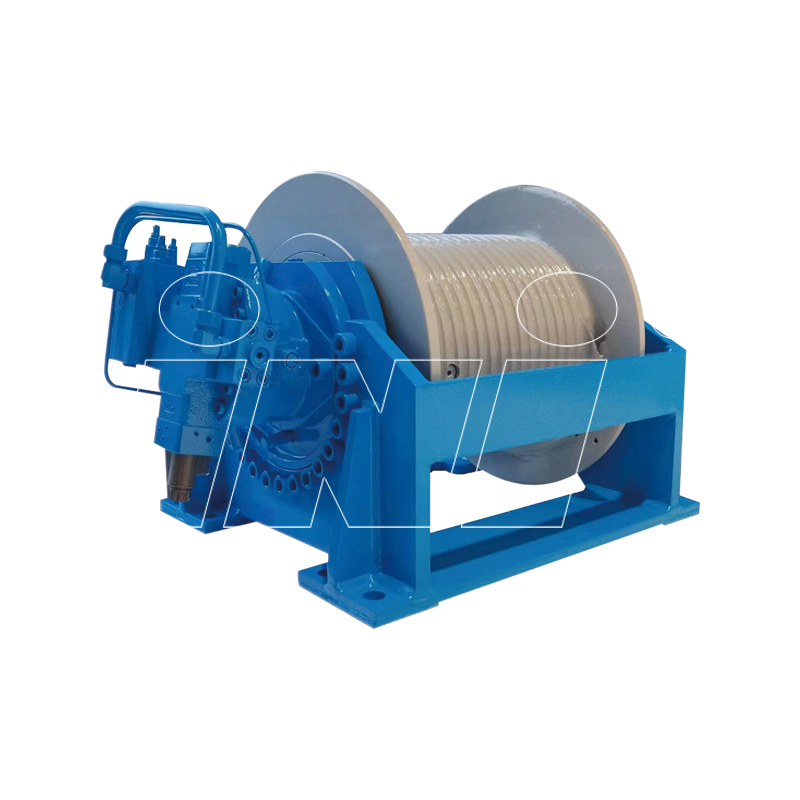
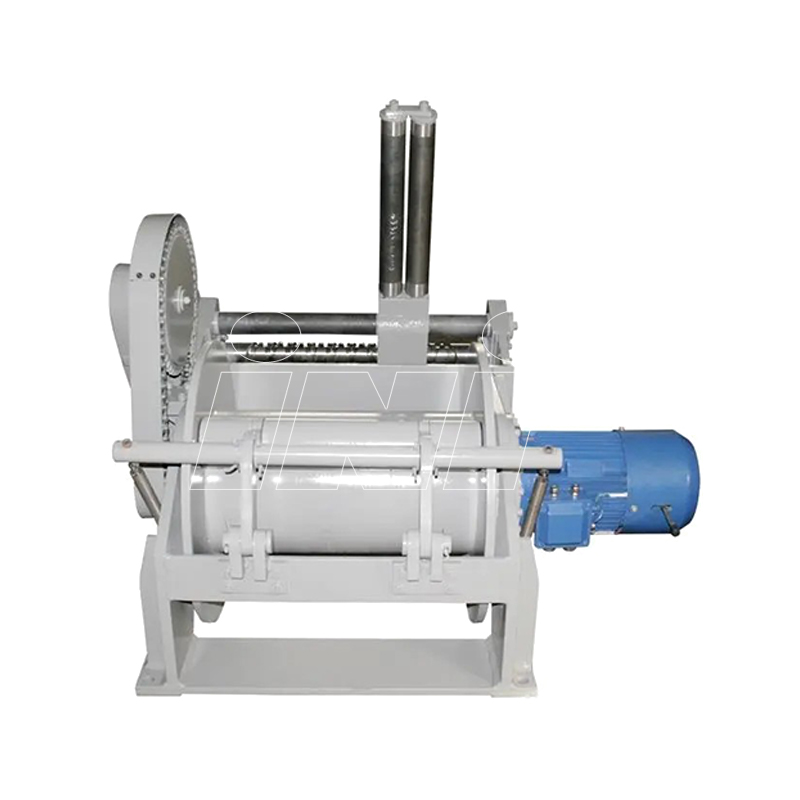
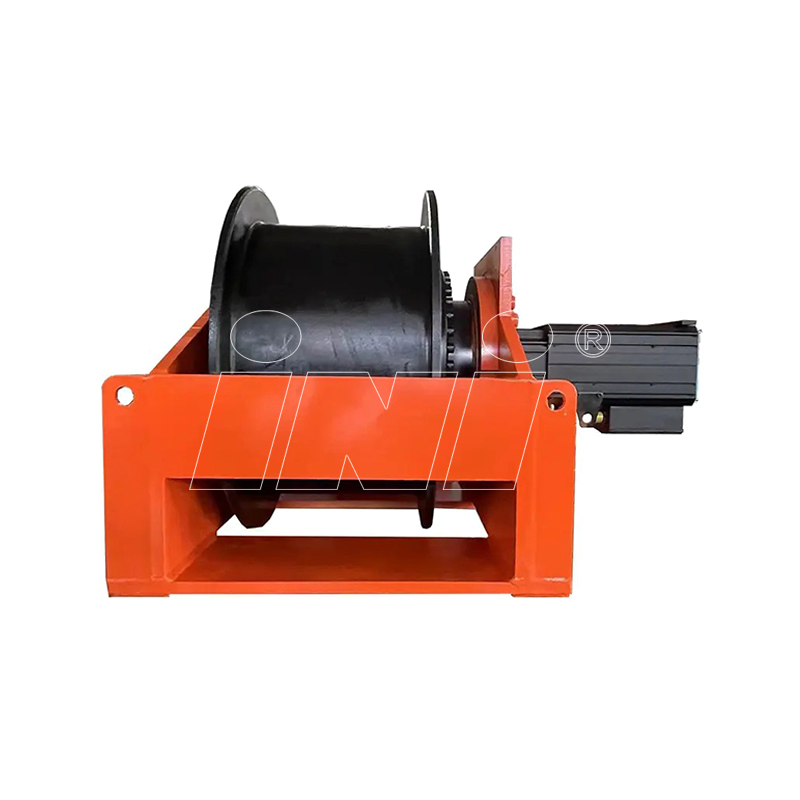

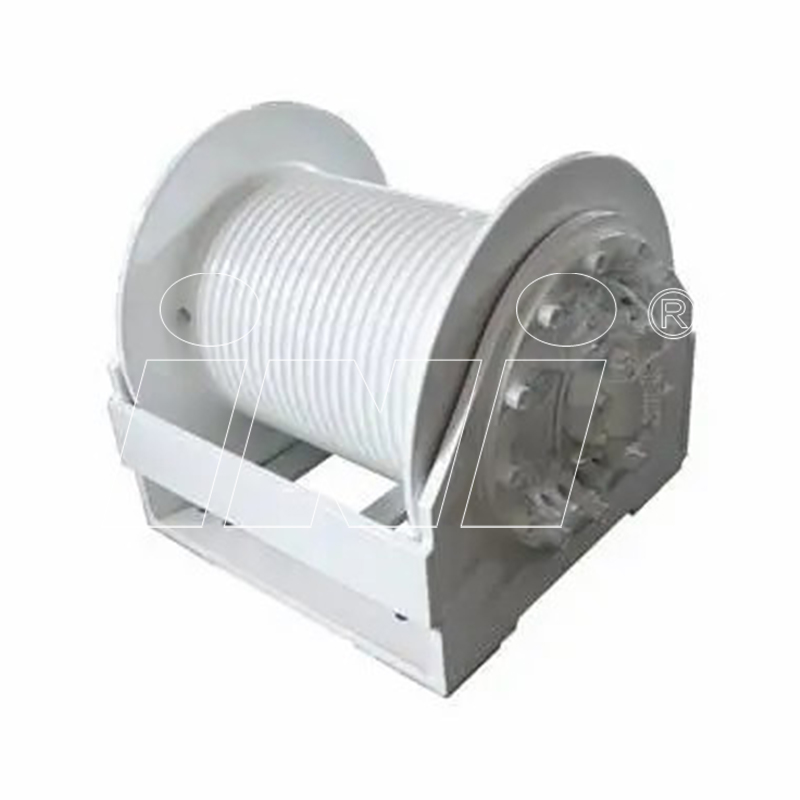
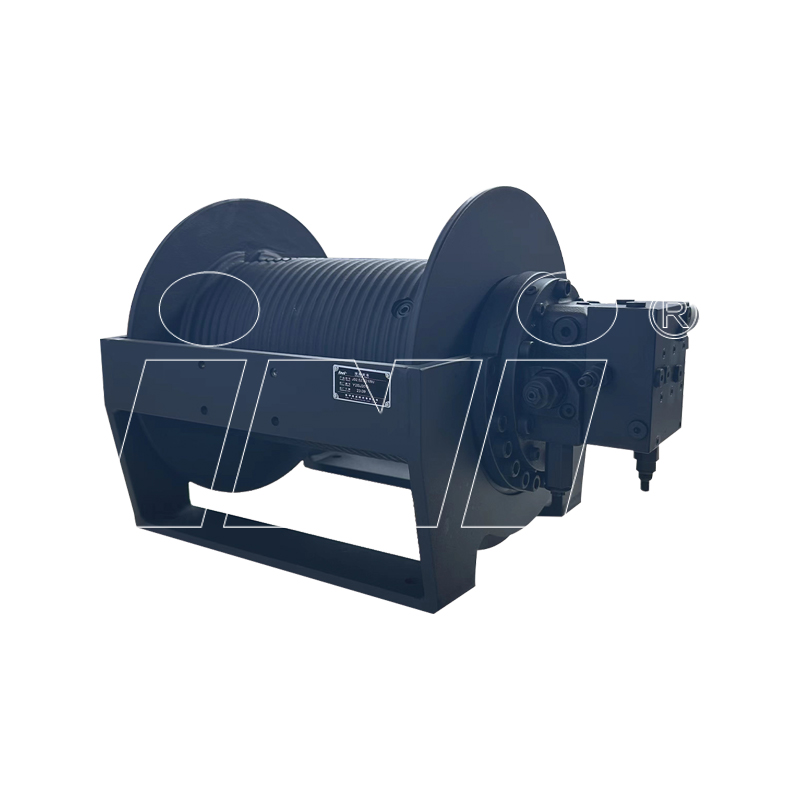
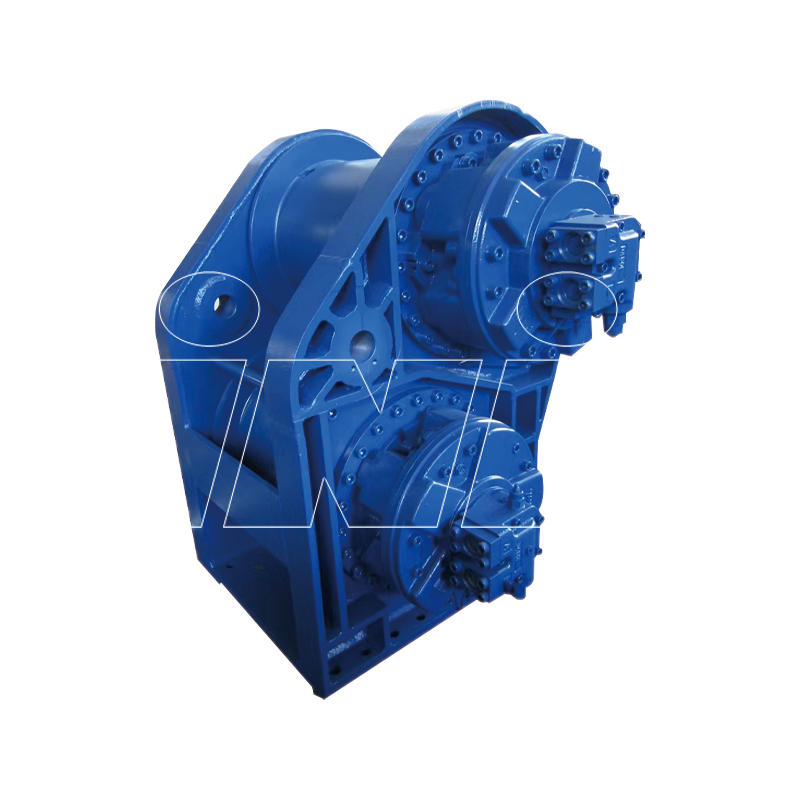

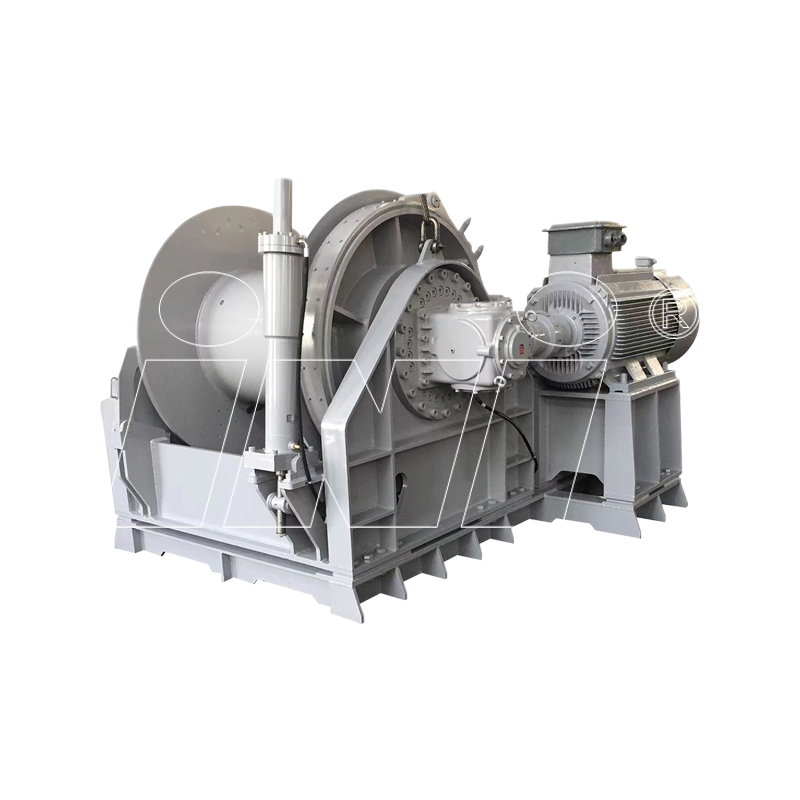

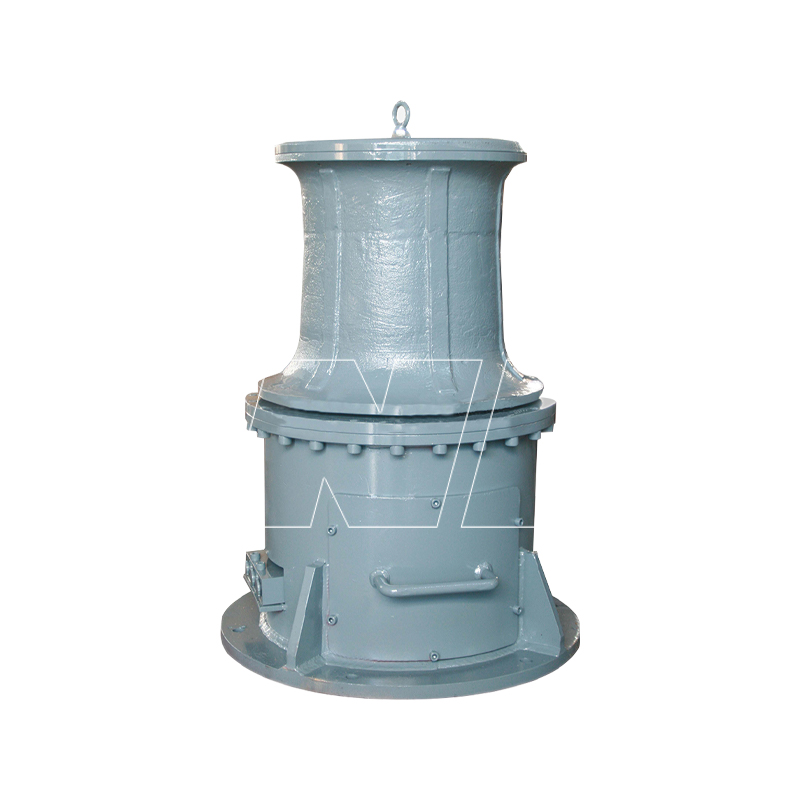

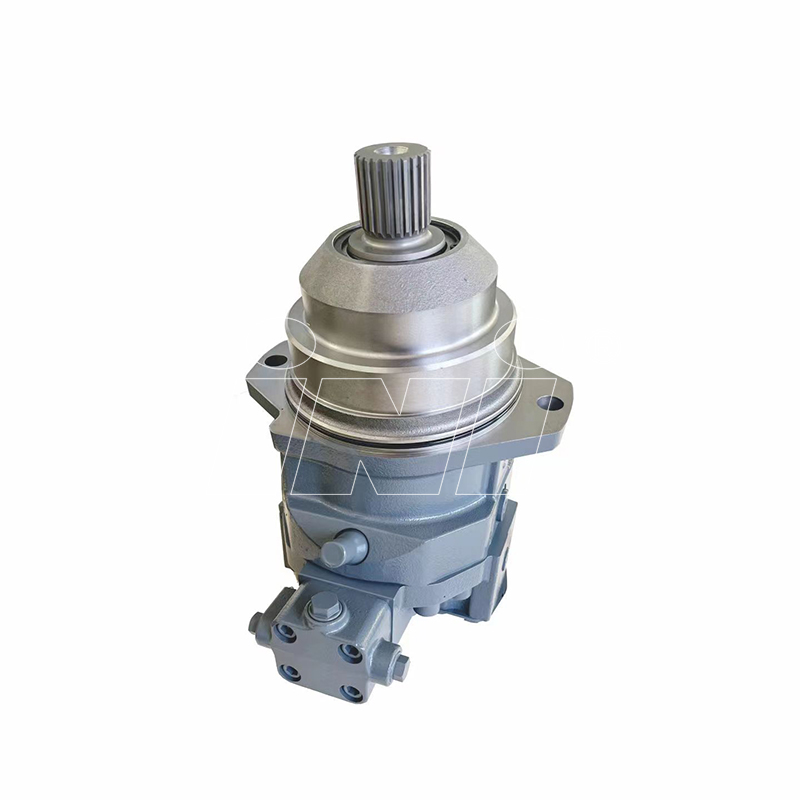

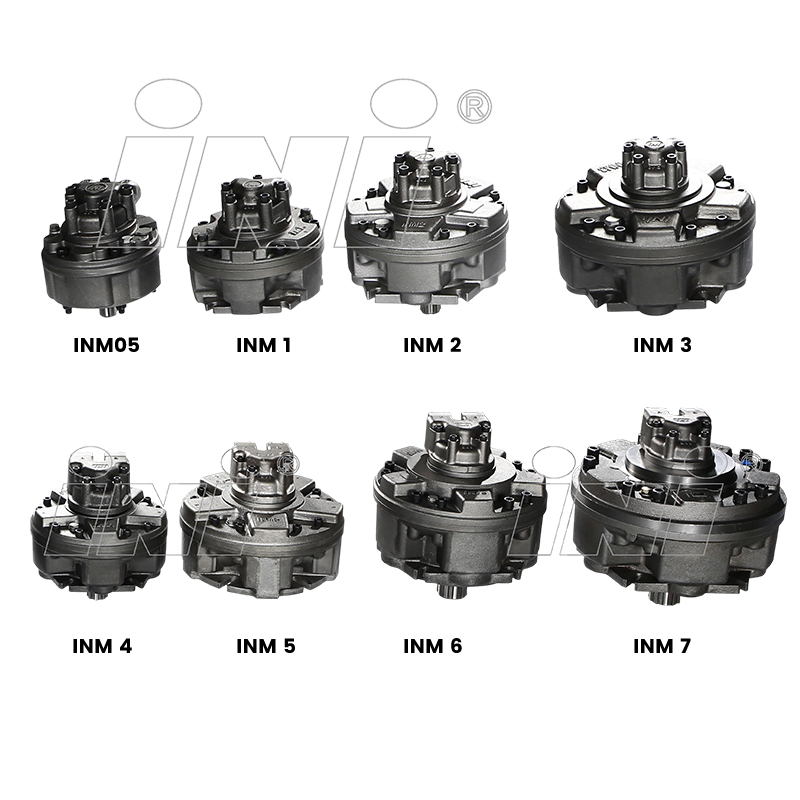

 English
English русский
русский Español
Español
 TOP
TOP